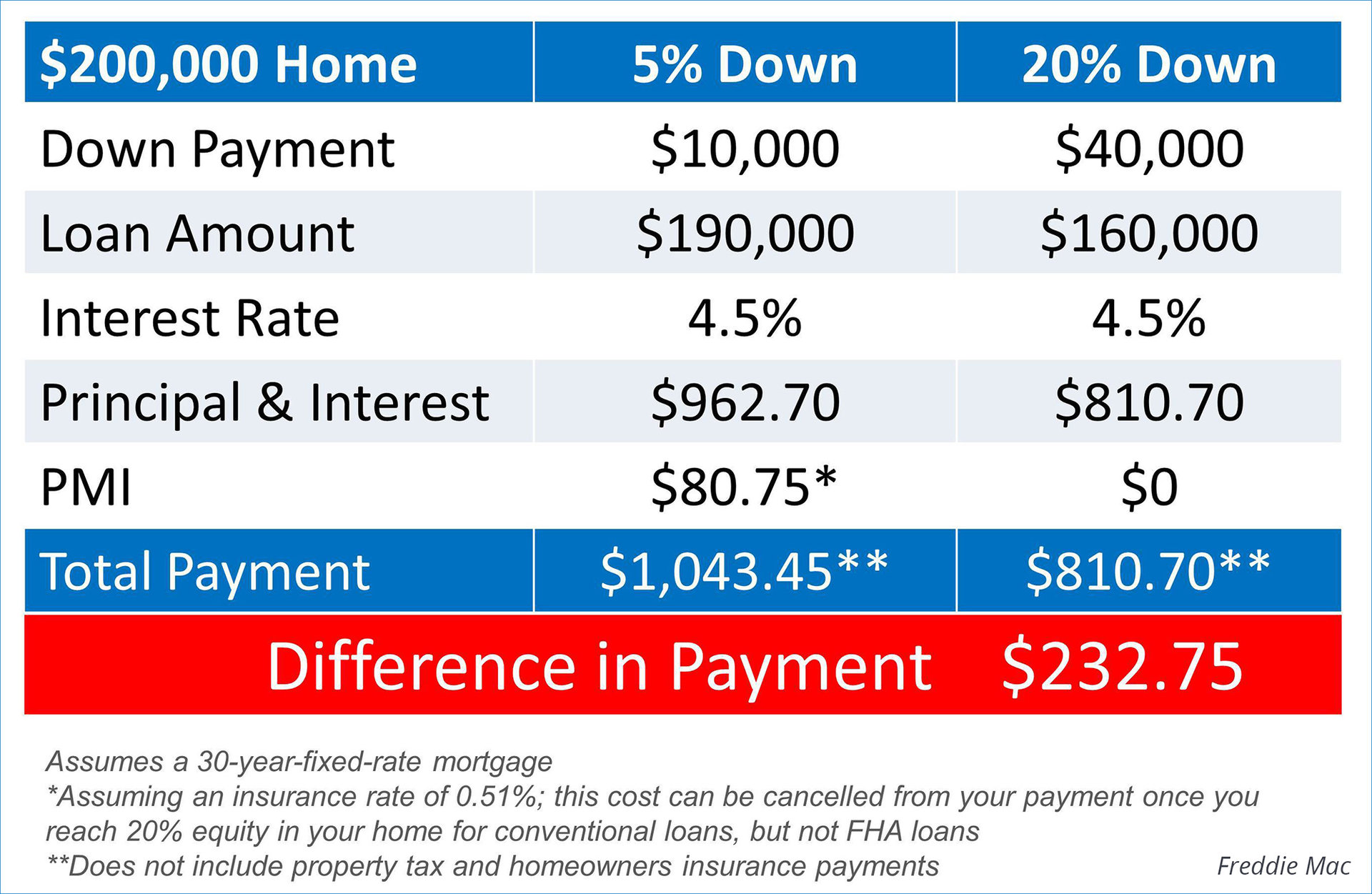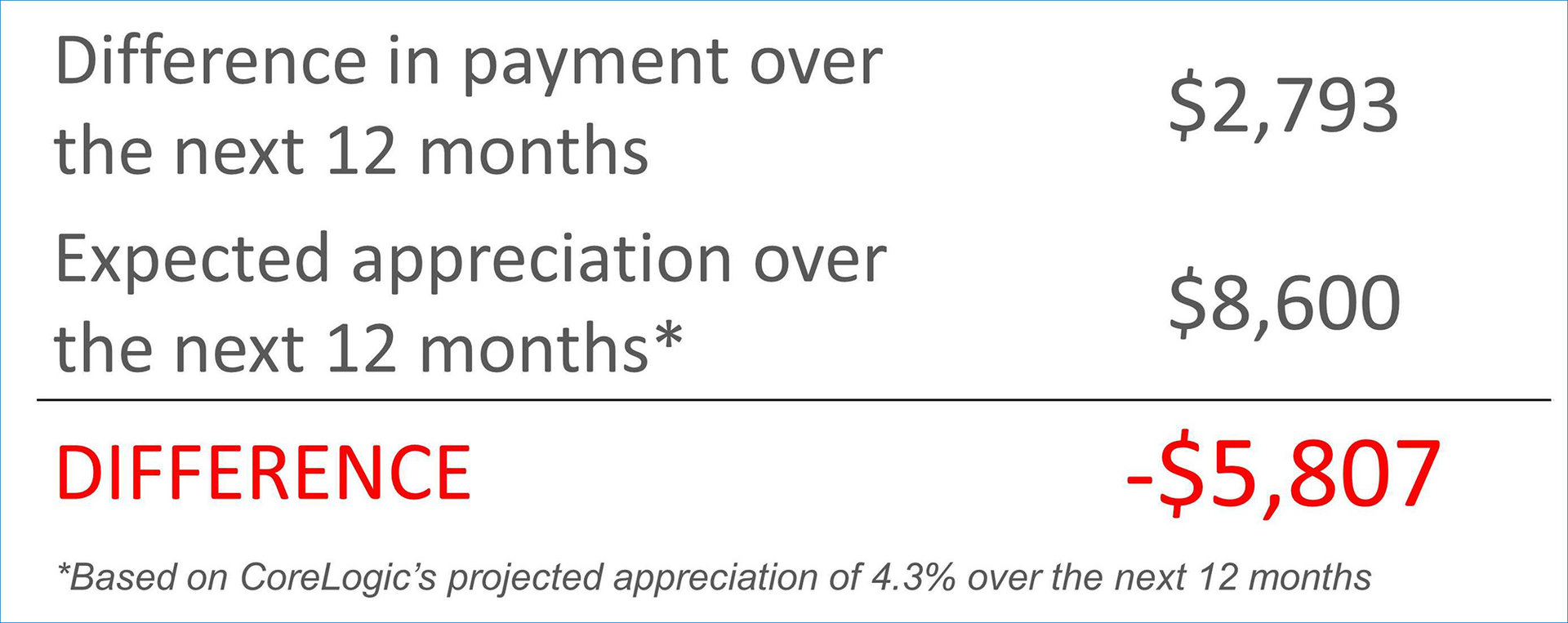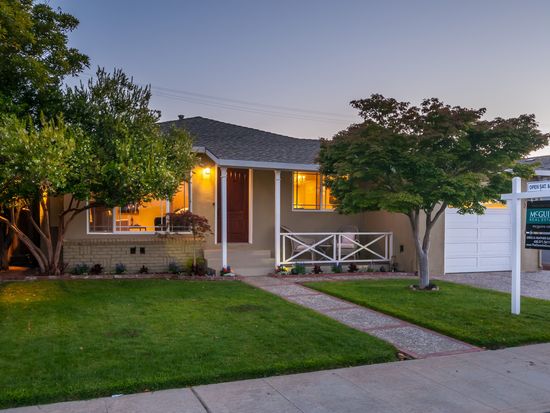College towns are often viewed as stable real estate investments, but how far your money goes can fluctuate greatly in some areas. Realtor.com® recently ranked more than 300 college towns by median home price to come up with the most expensive and least expensive places to live. Realtor.com® considered a “college town” where student residents number more than 5,000 and make up more than 20 percent of the town’s total population.
Realtor.com® found the following markets to be the most affordable college towns:
1. Munice, Ind.
Median home price: $77,900
Learn how to help parents—or yourself—tackle rising college costs by investing in real estate.2. Charleston, Ill.
Median home price: $81,500
3. Macomb, Ill.
Median home price: $100,900
4. Kirksville, Mo.
Median home price: $109,900
5. Big Rapids, Mich.
Median home price: $114,000
6. Kalamazoo, Mich.
Median home price: $117,900
7. Cortland, N.Y.
Median home price: $120,950
On the other hand, the following college towns topped realtor.com®’s rankings as the most expensive:
1. Berkley, Calif.
Median home price: $849,000
2. Santa Cruz, Calif.
Median home price: $814,000
3. Boulder, Colo.
Median home price: $789,000
4. San Luis Obispo, Calif.
Median home price: $690,000
5. Cambridge, Mass.
Median home price: $685,000
6. Claremont, Calif.
Median home price: $675,000
7. Princeton, N.J.
Median home price: $650,000
Source: “America’s Most and Least Expensive College Towns,” realtor.com® (Aug. 25, 2015)







